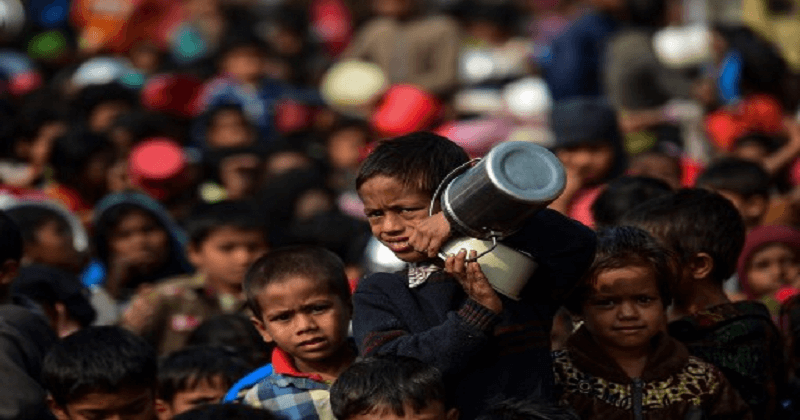
But more than a dozen Rohingya teachers, elders and religious leaders clarified that educated Rohingyas suffer systematic and widespread harassment, arrests and torture, a part of Myanmar’s operation to drive the Muslim Rohingya from majority Buddhist Myanmar. Soldiers killed the educated one, so there would be no community leaders left to speak up against the brutal abuse.
“My brother apologized and pleaded with the military not to kill him; he showed them his ID card and said, ‘I’m a teacher, I’m a teacher.’ But the government had planned to kill our educated people, including my brother,” Hashim said. He was interviewed at one of the teeming Bangladesh refugee camps that have sprung up along the hilly border with Myanmar since the Rohingya began fleeing in August. Hashim, who is also a teacher, ran for the hills and hid after the military surrounded his hamlet in northern Rakhine state, where most of the Rohingya lived. Others told similar accounts.
After the Aug. 25 attacks, soldiers in Maung Nu village, the site of a massacre, asked villagers: “Where are the teachers?” Rahim, a 26-year old high school science and math teacher who was known to many soldiers because he taught their children at the local battalion school, saw the military coming and fled.
“I knew I was dead if I got caught. They were hunting me,” said Rahim, who, like some Rohingya, uses only one name. “They knew that I would always speak out for the people. They wanted to destroy us because they knew that without us they could do whatever they wanted to the rest of the Rohingya.” Researchers see comparisons between what is happening in Myanmar and other genocides, including the Holocaust.
“Listening to these stories, it sounds so similar. First, you take out the religious or the political leaders, and then you start going down to the civilian population and you start tightening things more and more,” said Karen Jungblut, research director at the USC Shoah Foundation, who has conducted interviews in the Bangladesh camps. “This was not just some random spurt of regional violence here and there because Myanmar felt it was being attacked by a ‘terrorist group.’ … It felt way too organized.” Myanmar government officials did not return repeated calls seeking comment.
Read More: Goalkeeper ‘fakes injury’ to help players break Ramadan fast: Watch Video
Thomas MacManus, specialist of international state crimes at Queen Mary University of London who has researched the Rohingya since 2012, said: “The objective appears to be to destroy the Rohingya, and one way to do that is to destroy their culture and remove their history. It’s part of the genocide tactic.”
Interviews with about 65 refugees in a September report by the UN Human Rights Office of the High Commissioner indicate that “the Myanmar security forces targeted teachers, the cultural and religious leadership, and other people of influence in the Rohingya community in an effort to diminish Rohingya history, culture and knowledge.”
This targeting was “well-organized, coordinated, and systematic … thereby challenging the assertion that it was merely collateral damage of the military” operations after the August insurgent attacks. The Buddhist majority has long reviled the Rohingya as “Bengali interlopers” in northern Rakhine state and suppressed their ability to maintain their culture and go to school.
“Literacy is not high with the Rohingya; it is difficult to get an education in the first place, so targeting the teachers is a similar path that you’ve seen and heard in other places that ended up in genocide,” said Jungblut.

Post Your Comments